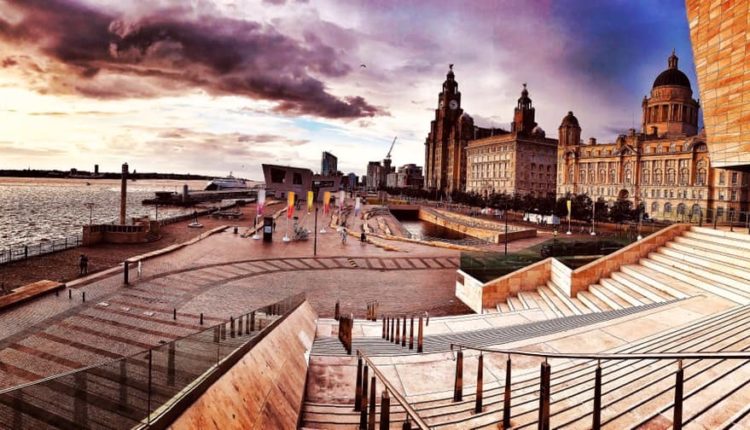UNESCO and Liverpool City Council have been in dispute for several years over the redevelopment of the waterfront and now the council has submitted a new report. Report by Tony McDonough

Liverpool is stepping up its efforts to persuade UNESCO not to remove World Heritage Status (WHS) from the city’s waterfront.
UNESCO and Liverpool City Council have been in dispute for several years over the redevelopment of the waterfront and the city centre. In particular, UNESCO has been concerned over Peel L&P’s £5bn Liverpool Waters scheme.
Liverpool Waters is outside the actual WHS zone but it within a designated buffer zone and there has been a worry that the proposed height of some of the buildings would have a negative impact on Liverpool’s world-famous waterfront vista and its centrepiece Three Graces.
The city council is keen to see Liverpool Waters fully developed along with the redevelopment of the adjacent 10 Streets area in the northern docklands. The proposal to build a new £500m stadium for Everton FC has added to UNESCO’s unease.
Now Liverpool City Council has drafted a new Desired State of Conservation Report (DSOCR) for the UK Government to submit to the World Heritage Committee ahead of its 44th annual session in late June.
The draft DSOCR, which is referred to in a council report to Cabinet next Friday (March 20), has been sent to the Department for Culture, Media and Sport for state approval and submission. It sets out a range of actions in response to UNESCO’s consideration to delete Liverpool from the World Heritage list.
Liverpool City Council and Peel L&P are working together to protect the Outstanding Universal Value (OUV) of Liverpool’s WHS specifically around Peel L&P’s £5bn Liverpool Waters scheme and have sought advice from Historic England and other key partners.
The council claims more than £2.6bn has been invested, by both public and private sector, into historic assets within the six character areas of the WHS, and its Buffer Zone, in the past decade.
Mayor Joe Anderson, who set up an independent task force to forge a positive debate with the UK Government and UNESCO, said: “This draft plan shows very clearly how much Liverpool has listened to UNESCO’s concerns around our north docks and the lengths we have gone to use their guidelines to help shape their future.
“The issue of deletion is about a very small section of one element of the site. It just so happens these docks have been neglected for the past 50 years and lie within one of the poorest wards in the UK.
“This draft DSOCR report shows in great detail how much work has gone in to balancing the needs to grow this dilapidated part of the city whilst protecting our World Heritage Status – and I think we’ve now found a way forward which marries them together.”

